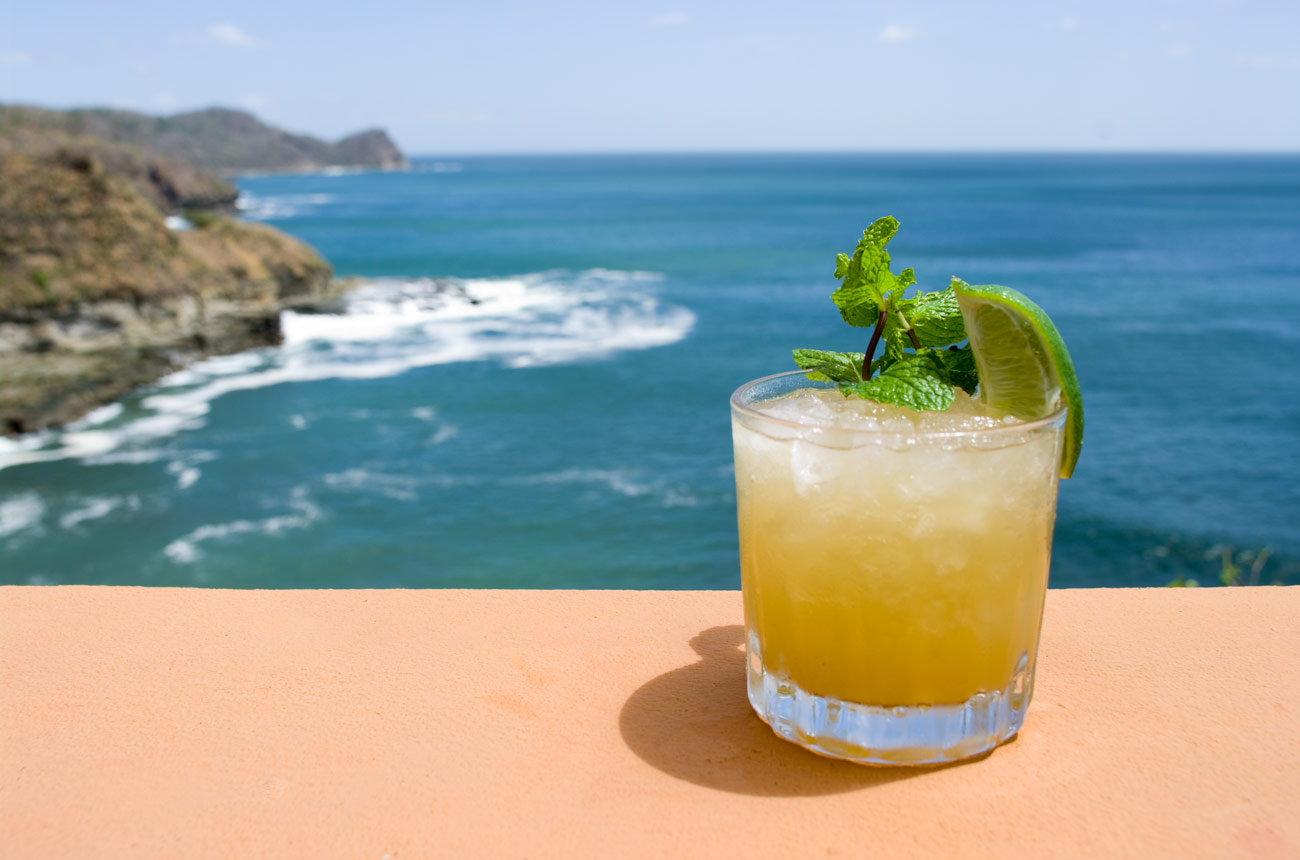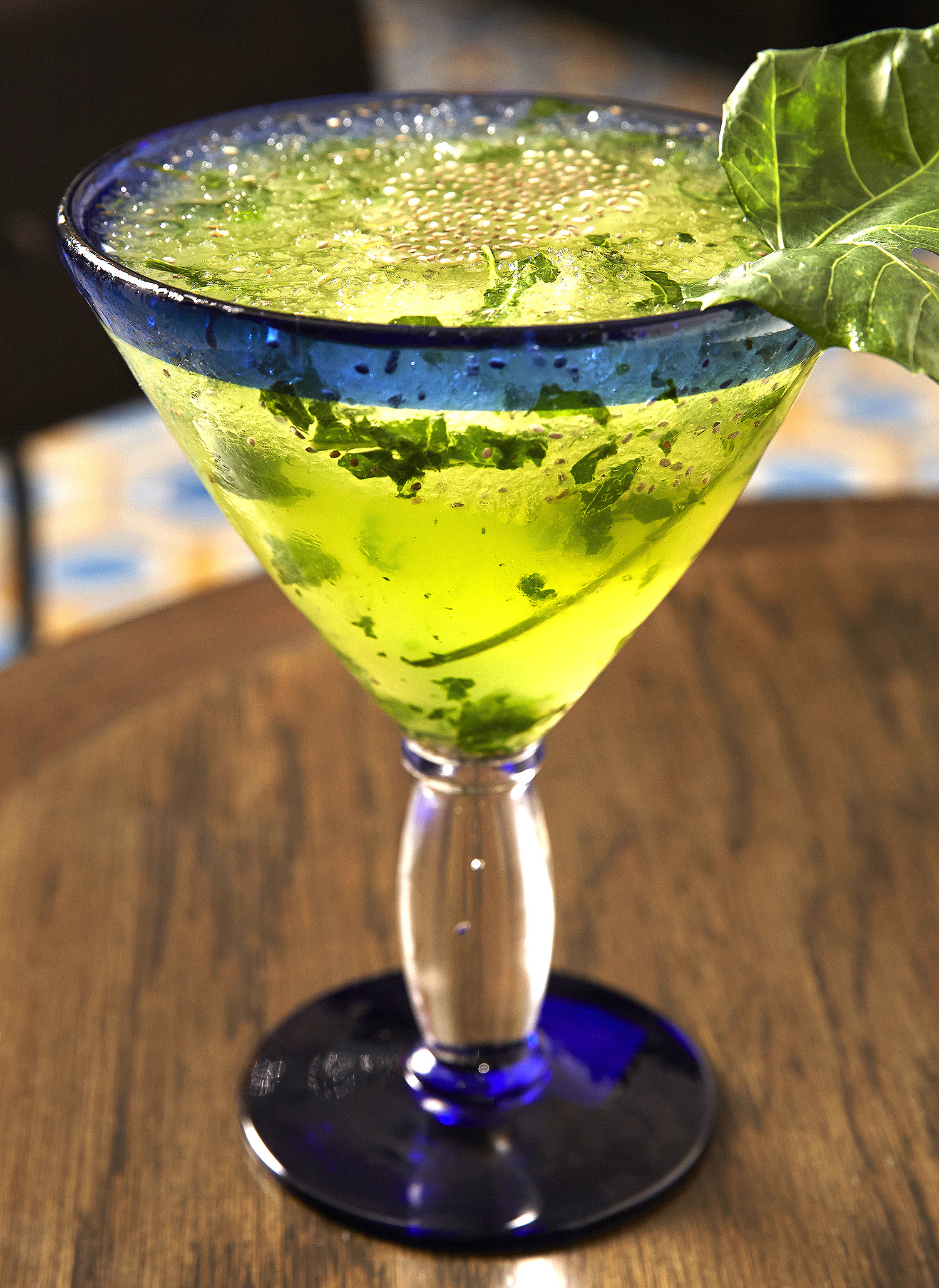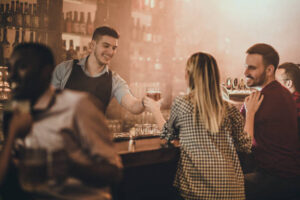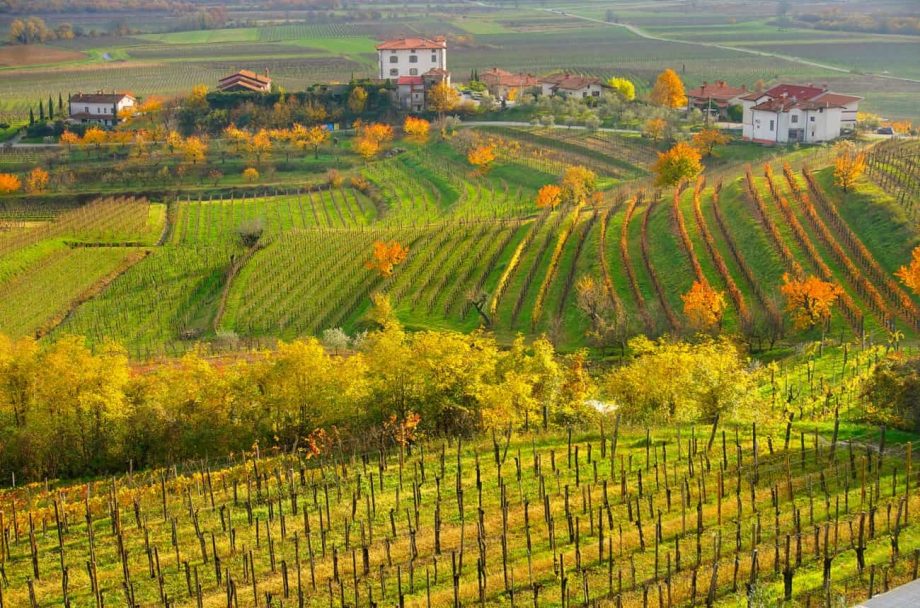I am back!!! It’s been almost eight months since the last post from “The Pour”. Over the past eight months, I have focused my time and energy on working as the general manager and sommelier at a high-end casino Italian steakhouse. I am excited to make this blog an epicenter for everything wine, cocktail, bar, and #beverage. Ideally, I would like the content to be driven by you, the consumer, so I encourage you to submit your questions and offer feedback on what you want to learn more about via social media posts, blog comments, or direct contact with “The Pour” by text or email. Whether it be on #wine education, local or worldly wine reviews, craft #cocktails, #trends, #bar operations/etiquette, #party/#event planning, #consultation, etc…, I am here to serve you.
For this week’s edition of “The Pour”, let’s immerse ourselves in the ever-changing world of cocktails and the trends that are popping up all around us. What’s hot !?!?!?

The demand for fresh, well-balanced, creative, and innovative cocktails in 2024 is evident in today’s cocktail and culinary culture. It is not just reserved for big city bars, speakeasys, high-end restaurants and hotels anymore. The palates of consumers have evolved to healthier, plant-based, sugar-free/low sugar, canned cocktails, and low alcohol/alcohol-free options. Bartenders and mixologists serving behind the stick as well as those sitting at the bar or in the restaurant are experiencing this trend. If you’re looking for cocktail menu ideas for your bar, restaurant, public or private party/event, home party, or for your own weekend escapade with the guys or girls, this cocktail trend discussion will tipple your fancy.
For 2024, our cocktail shakers and glasses will be filled up with ingredients from the past (the 1990s to be more precise). The term “retro cocktails” has become fitting. Remixed classic cocktails, infusions, synergy between food and drink, smoked cocktails, fancy ice cubes, dehydrated food, etc… has become a part of the cocktail-drinking experience. These are some of the drinks you will be toasting this year!
1) Savory and spicy cocktails are becoming increasingly popular, as people are looking for more complex and interesting flavors in their drinks. Popular savory cocktails include the classic Bloody Mary or Bloody Maria and Dirty Martini, while spicy cocktails include the Jalapeño Margarita and the Ginger Basil Smash or the addition of a chipotle, tajine, or chili salt rim.
Spicy cocktails have become a hit with the social elite. There is a long list of spicy cocktails to try if you want to knock your socks off!

2) The 90s called and it wants its drink back… “the ‘Tini”. The espresso martini continues to be a strong favorite among those wanting a little pick-me-up during an evening out. Fresh takes on the coffee-based cocktail will include using local high-quality cold-brew coffee or espresso, adding subtle notes such as vanilla, honey, or caramel, and switching out the vodka for whiskey.
3) The Apple Martini is also making a huge comeback, a sour cocktail that will be made from fresher ingredients in 2024 than in the 90s. And if you have a ‘salt-tooth’ then perhaps the briny Dirty Martini with olive juice will be more your thing.

4) Fancy Ice Cubes – A trend for mixologists and the home bar alike! Long gone are the small square ice cubes we use. This is the year that we get creative with ice. From giant cubes to specialty shapes, to herb or fruit-infused beauties. Ice is more than for merely keeping your trip cool, it’s a way of decorating your cocktail and adding even more flavor. Treat yourself to some quirky molds and experiment with adding flavors like lavender, thyme, lemon, cucumber & mint, or coffee to your ice cubes.
5) Experiential Cocktails – Ever heard the phrase “eating with your eyes”? Turns out we drink with them too! The experience-seeking culture of Millennials and Gen-Zs with their insatiable appetite to capture unique moments for their social media has led to the trend of cocktails becoming experiential. Cocktails have always been a thing of beauty in their presentation, but now mixologists must also think about the performance and producing a ‘wow’ moment for the drinker.
Be it the captivating view of the mixologists at work, or the cocktail itself, which can be achieved by mastering molecular cocktail making. Molecular mixology is the practice of mixing drinks using science to manipulate ingredients on the molecular level. It was inspired by molecular gastronomy, which employs similar techniques to food.
Cocktail trends also have a growing consumer market for delicious low-abv and virgin options which are just as satiating as their alcoholic counterparts. Expect to see a growing list on the non-alcoholic section of the cocktail menu and bartenders are putting much more thought and creativity into their taste and presentation.
Over half the world’s population abstains from alcohol. This percentage is more like a third of the population in Western countries, but significantly growing. Consumers are looking to find convivial moments in moderation throughout the year, especially as the weather warms up in the spring and summer and daytime drinking occasions are more common.”
6) Spiked Slushies – French syrup producer Monin has named slushies, Tequila and Mexican-inspired drinks as its top trends for 2024. They found that a Frozen Cosmo Slushie suggested as a possibility for dominating the vodka-based version of the cocktail, a Frozen Piña Colada fronting the rum-based category, and a Frozen Strawberry Margarita presented as a trend for the Tequila-based slushie serve. As a bartender, I hope this doesn’t become a trend lol.
7) Mixers Matter – In 2024, bartenders are paying more attention than ever to the mixers they use in their cocktails. This means that we can expect to see more house-made syrups, shrubs, and bitters on bar menus. Bartenders are also using more unusual mixers, such as kombucha and fermented juices (another nod to the general drinks trends). For example, the Turmeric Tonic is a refreshing cocktail that uses turmeric syrup and tonic water.
With so many new and exciting flavors, I hope your cocktail experiences this year exceed your expectations or just book me as your cocktail consultant.
Cheers,
Michael

















